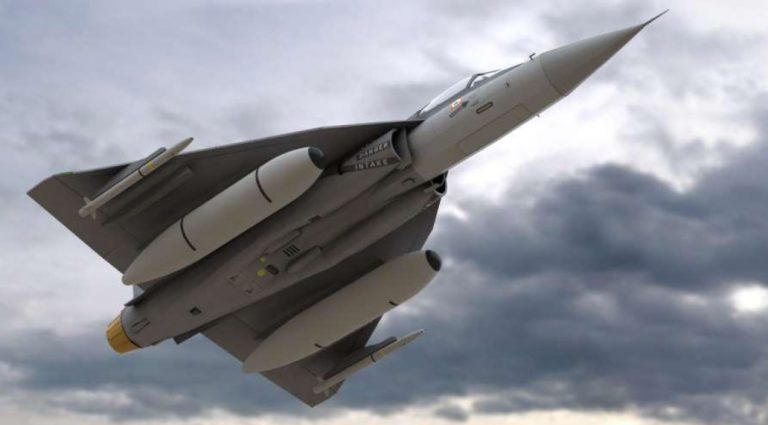SOURCE: RAUNAK KUNDE / NEWS BEAT / IDRW.ORG


Following the successful test firing of the Astra Mk1 Beyond Visual Range Air-to-Air Missile (BVR AAM) from the LCA-Tejas, HAL and the IAF are poised to add another formidable weapon to the fighter jet’s arsenal. The ASRAAM, developed by the European missile-maker MBDA, is renowned for its Within Visual Range (WVR) air dominance capabilities and boasts an impressive range of over 25 kilometers.
HAL’s ongoing discussions with MBDA are focused on not only integrating the ASRAAM missile on the LCA-Tejas but also exploring its potential fitment on the Sukhoi Su-30MKI, another cornerstone of India’s air power. This collaborative effort is a testament to India’s drive to harness the expertise of global defense technology leaders to strengthen its own defense capabilities.
The ASRAAM missile’s proven track record in Within Visual Range combat scenarios makes it a valuable addition to the LCA-Tejas’ armament. This integration is set to complement the existing arsenal of the fighter jet, which includes the Israeli Python-5 Close Combat Missile. The Python-5’s successful test firing from the LCA-Tejas has positioned it as a potential close-quarters combat solution for the aircraft pending operational clearance.
The LCA-Tejas’ transition from Russian R-73 Within Visual Range missiles to the ASRAAM and Python-5 marks a pivotal moment in India’s aerospace advancement. The phased introduction of these advanced air-to-air missiles reflects the IAF’s commitment to adopting state-of-the-art technologies to ensure air dominance in both regional and global contexts.
As ASRAAM and Python-5 missiles gradually become the primary Close Combat Missiles for the LCA-Tejas fleet, the Indian Air Force’s combat capabilities are set to be significantly elevated.
NOTE : Article cannot be reproduced without written permission of idrw.org in any form even for YouTube Videos to avoid Copy right strikes